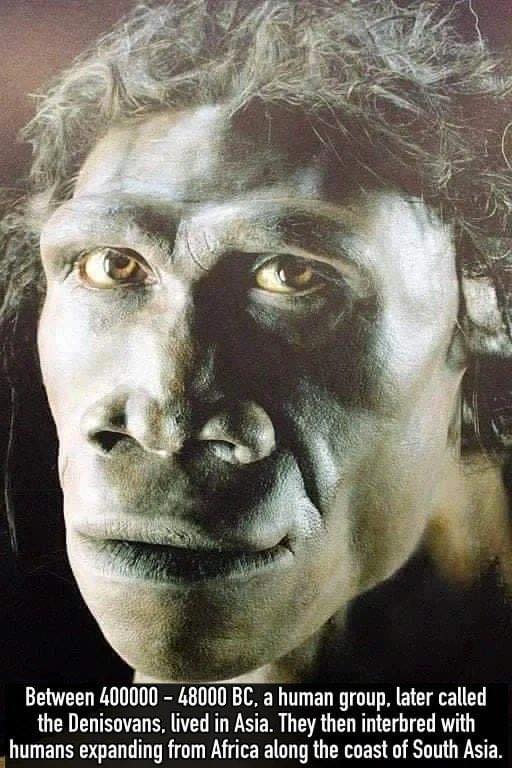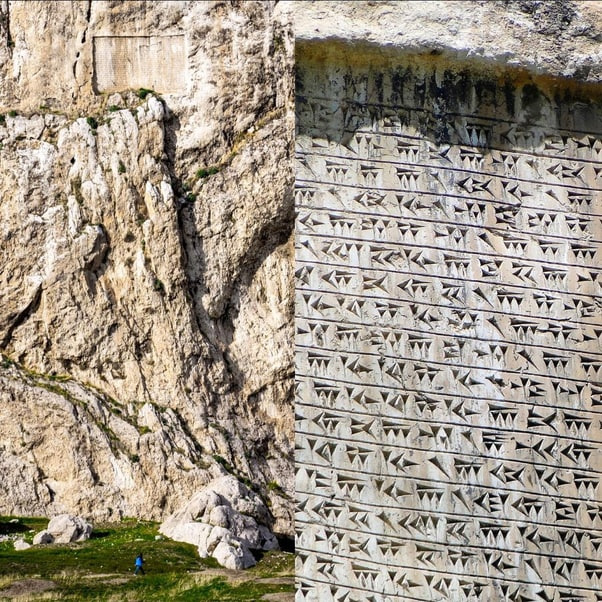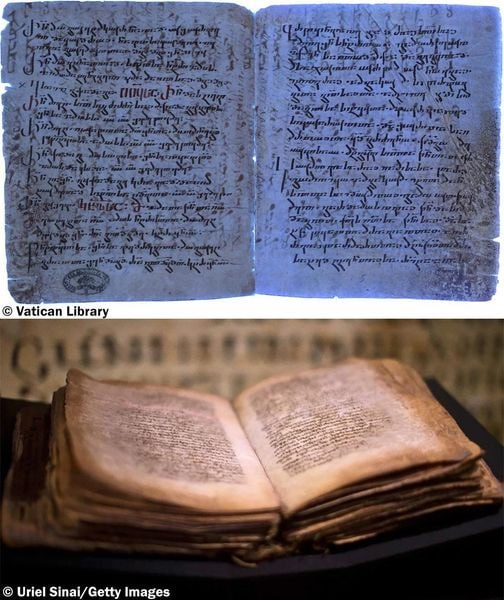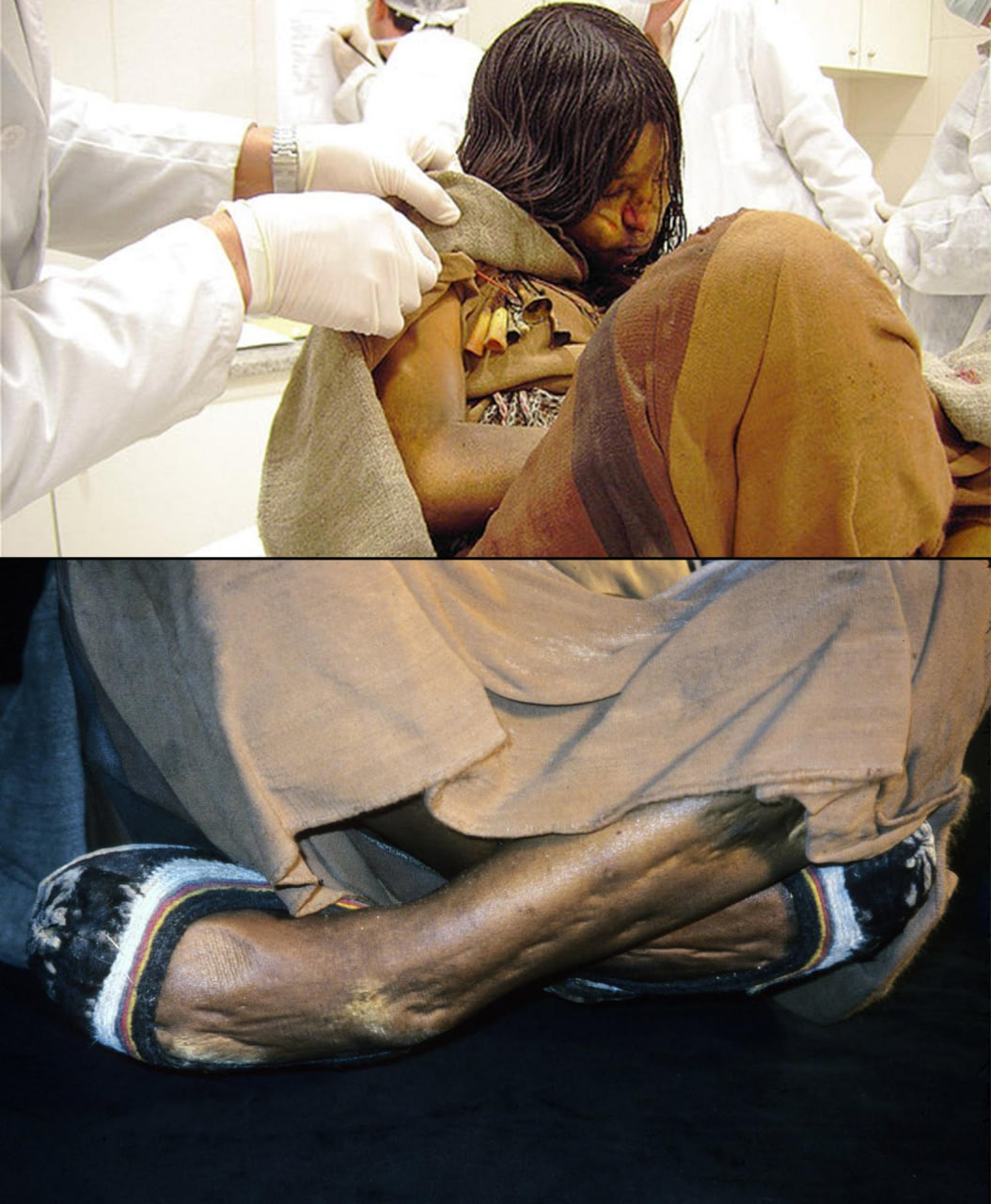Step into the ancient world of Vedbaek, Denmark, where a burial site dating back 7000-6000 years offers a poignant glimpse into the realities of maternal and infant mortality in ancient societies. The discovery of the remains of a young woman, believed to be around 20 years old at the time of her death, alongside her newborn baby, unveils a scene adorned with symbolic and practical artifacts, hinting at rituals and customs surrounding death and childbirth. Join us as we unravel the mystery of this ancient burial site and explore the cultural beliefs and practices that shaped the lives of its inhabitants.

A Poignant Scene
The Vedbaek burial site paints a poignant picture of ancient maternal and infant mortality, capturing the vulnerabilities and challenges faced by early societies. The discovery of the young woman, laid to rest alongside her newborn baby, evokes a sense of sorrow and empathy as we contemplate the fragility of life and the profound emotions associated with childbirth and loss. Through the artifacts found at the site, we gain insight into the rituals and customs that surrounded death and the passage into the afterlife in ancient times.
Symbolism and Ritual
At the head of the woman lay a striking array of artifacts, including 200 red deer teeth and a bone hairpin, alongside red deer hooves likely from a skin that once enveloped her. These items serve as symbolic offerings, reflecting cultural beliefs and practices related to protection and passage into the afterlife. The presence of the red deer teeth suggests a connection to the natural world and the spiritual realm, while the bone hairpin speaks to the woman's status and identity within her community.
Protection and Passage
Cradled in the wing of a swan, the newborn baby is accompanied by two flint knives, indicating that the infant was likely a boy. These items serve as practical tools for protection and may have been intended to safeguard the child on his journey into the afterlife. The presence of such artifacts underscores the deep-seated beliefs and rituals surrounding childbirth and the transition from life to death in ancient societies, offering a poignant reminder of the challenges and uncertainties faced by early mothers and their infants.
Reflections on the Past
The discovery of the Vedbaek burial site offers a window into the lives and experiences of ancient peoples, inviting us to reflect on the universal themes of life, death, and the passage of time. As we contemplate the poignant scene uncovered at the site, we are reminded of the resilience and ingenuity of early societies, as well as the deep emotions and rituals that shaped their existence. Through archaeology and exploration, we can honor the legacy of those who came before us and gain a deeper understanding of the human experience across time and space.
Conclusion
The Vedbaek burial site stands as a testament to the complexities of ancient life and the enduring mysteries of the human condition. Through its poignant portrayal of maternal and infant mortality, as well as the rituals and customs surrounding death and childbirth, the site offers a poignant reminder of the challenges and uncertainties faced by early societies. As we unravel the mystery of this ancient burial site, we are invited to contemplate the profound emotions and beliefs that shaped the lives of its inhabitants, connecting us to the timeless journey of the human spirit.





